Wells Fargo 2015 Annual Report Download - page 176
Download and view the complete annual report
Please find page 176 of the 2015 Wells Fargo annual report below. You can navigate through the pages in the report by either clicking on the pages listed below, or by using the keyword search tool below to find specific information within the annual report.-
 1
1 -
 2
2 -
 3
3 -
 4
4 -
 5
5 -
 6
6 -
 7
7 -
 8
8 -
 9
9 -
 10
10 -
 11
11 -
 12
12 -
 13
13 -
 14
14 -
 15
15 -
 16
16 -
 17
17 -
 18
18 -
 19
19 -
 20
20 -
 21
21 -
 22
22 -
 23
23 -
 24
24 -
 25
25 -
 26
26 -
 27
27 -
 28
28 -
 29
29 -
 30
30 -
 31
31 -
 32
32 -
 33
33 -
 34
34 -
 35
35 -
 36
36 -
 37
37 -
 38
38 -
 39
39 -
 40
40 -
 41
41 -
 42
42 -
 43
43 -
 44
44 -
 45
45 -
 46
46 -
 47
47 -
 48
48 -
 49
49 -
 50
50 -
 51
51 -
 52
52 -
 53
53 -
 54
54 -
 55
55 -
 56
56 -
 57
57 -
 58
58 -
 59
59 -
 60
60 -
 61
61 -
 62
62 -
 63
63 -
 64
64 -
 65
65 -
 66
66 -
 67
67 -
 68
68 -
 69
69 -
 70
70 -
 71
71 -
 72
72 -
 73
73 -
 74
74 -
 75
75 -
 76
76 -
 77
77 -
 78
78 -
 79
79 -
 80
80 -
 81
81 -
 82
82 -
 83
83 -
 84
84 -
 85
85 -
 86
86 -
 87
87 -
 88
88 -
 89
89 -
 90
90 -
 91
91 -
 92
92 -
 93
93 -
 94
94 -
 95
95 -
 96
96 -
 97
97 -
 98
98 -
 99
99 -
 100
100 -
 101
101 -
 102
102 -
 103
103 -
 104
104 -
 105
105 -
 106
106 -
 107
107 -
 108
108 -
 109
109 -
 110
110 -
 111
111 -
 112
112 -
 113
113 -
 114
114 -
 115
115 -
 116
116 -
 117
117 -
 118
118 -
 119
119 -
 120
120 -
 121
121 -
 122
122 -
 123
123 -
 124
124 -
 125
125 -
 126
126 -
 127
127 -
 128
128 -
 129
129 -
 130
130 -
 131
131 -
 132
132 -
 133
133 -
 134
134 -
 135
135 -
 136
136 -
 137
137 -
 138
138 -
 139
139 -
 140
140 -
 141
141 -
 142
142 -
 143
143 -
 144
144 -
 145
145 -
 146
146 -
 147
147 -
 148
148 -
 149
149 -
 150
150 -
 151
151 -
 152
152 -
 153
153 -
 154
154 -
 155
155 -
 156
156 -
 157
157 -
 158
158 -
 159
159 -
 160
160 -
 161
161 -
 162
162 -
 163
163 -
 164
164 -
 165
165 -
 166
166 -
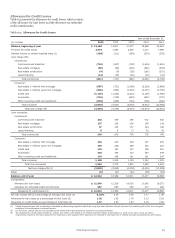 167
167 -
 168
168 -
 169
169 -
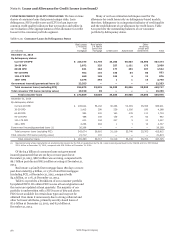 170
170 -
 171
171 -
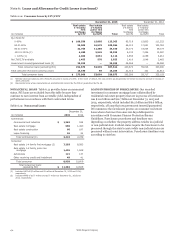 172
172 -
 173
173 -
 174
174 -
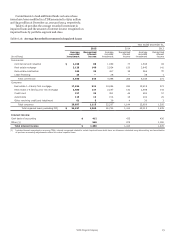 175
175 -
 176
176 -
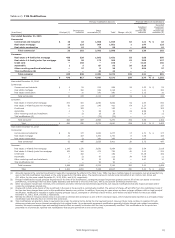 177
177 -
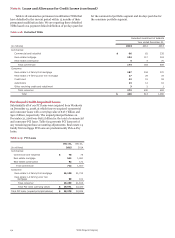 178
178 -
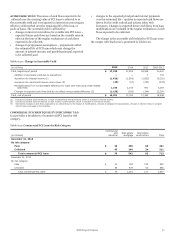 179
179 -
 180
180 -
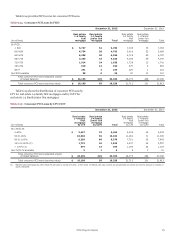 181
181 -
 182
182 -
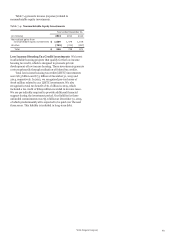 183
183 -
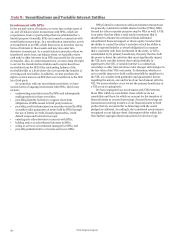 184
184 -
 185
185 -
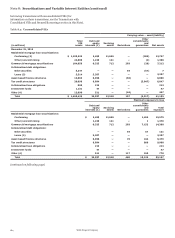 186
186 -
 187
187 -
 188
188 -
 189
189 -
 190
190 -
 191
191 -
 192
192 -
 193
193 -
 194
194 -
 195
195 -
 196
196 -
 197
197 -
 198
198 -
 199
199 -
 200
200 -
 201
201 -
 202
202 -
 203
203 -
 204
204 -
 205
205 -
 206
206 -
 207
207 -
 208
208 -
 209
209 -
 210
210 -
 211
211 -
 212
212 -
 213
213 -
 214
214 -
 215
215 -
 216
216 -
 217
217 -
 218
218 -
 219
219 -
 220
220 -
 221
221 -
 222
222 -
 223
223 -
 224
224 -
 225
225 -
 226
226 -
 227
227 -
 228
228 -
 229
229 -
 230
230 -
 231
231 -
 232
232 -
 233
233 -
 234
234 -
 235
235 -
 236
236 -
 237
237 -
 238
238 -
 239
239 -
 240
240 -
 241
241 -
 242
242 -
 243
243 -
 244
244 -
 245
245 -
 246
246 -
 247
247 -
 248
248 -
 249
249 -
 250
250 -
 251
251 -
 252
252 -
 253
253 -
 254
254 -
 255
255 -
 256
256 -
 257
257 -
 258
258 -
 259
259 -
 260
260 -
 261
261 -
 262
262 -
 263
263 -
 264
264 -
 265
265 -
 266
266 -
 267
267 -
 268
268 -
 269
269 -
 270
270 -
 271
271 -
 272
272 -
 273
273
 |
 |
Note 6: Loans and Allowance for Credit Losses (continued)
TROUBLED DEBT RESTRUCTURINGS (TDRs) When, for
economic or legal reasons related to a borrower’s financial
difficulties, we grant a concession for other than an insignificant
period of time to a borrower that we would not otherwise
consider, the related loan is classified as a TDR. We do not
consider any loans modified through a loan resolution such as
foreclosure or short sale to be a TDR.
We may require some consumer borrowers experiencing
financial difficulty to make trial payments generally for a period
of three to four months, according to the terms of a planned
permanent modification, to determine if they can perform
according to those terms. These arrangements represent trial
modifications, which we classify and account for as TDRs. While
loans are in trial payment programs, their original terms are not
considered modified and they continue to advance through
delinquency status and accrue interest according to their original
terms. The planned modifications for these arrangements
predominantly involve interest rate reductions or other interest
rate concessions; however, the exact concession type and
resulting financial effect are usually not finalized and do not take
effect until the loan is permanently modified. The trial period
terms are developed in accordance with our proprietary
programs or the U.S. Treasury’s Making Home Affordable
programs for real estate 1-4 family first lien (i.e. Home
Affordable Modification Program – HAMP) and junior lien (i.e.
Second Lien Modification Program – 2MP) mortgage loans.
At December 31, 2015, the loans in trial modification period
were $130 million under HAMP, $32 million under 2MP and
$240 million under proprietary programs, compared with
$149 million, $34 million and $269 million at December 31,
2014, respectively. Trial modifications with a recorded
investment of $136 million at December 31, 2015, and
$167 million at December 31, 2014, were accruing loans and
$266 million and $285 million, respectively, were nonaccruing
loans. Our experience is that substantially all of the mortgages
that enter a trial payment period program are successful in
completing the program requirements and are then permanently
modified at the end of the trial period. Our allowance process
considers the impact of those modifications that are probable to
occur.
Table 6.17 summarizes our TDR modifications for the
periods presented by primary modification type and includes the
financial effects of these modifications. For those loans that
modify more than once, the table reflects each modification that
occurred during the period. Loans that both modify and pay off
within the period, as well as changes in recorded investment
during the period for loans modified in prior periods, are not
included in the table.
Wells Fargo & Company
174
